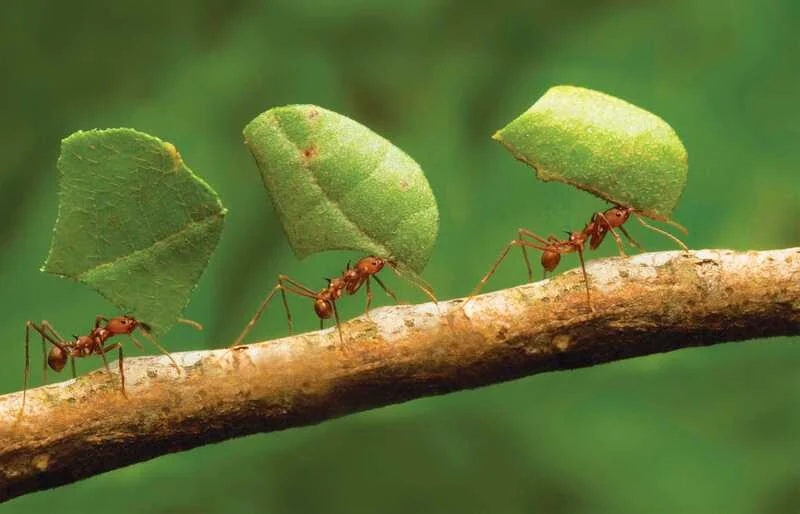10. Habrobracon
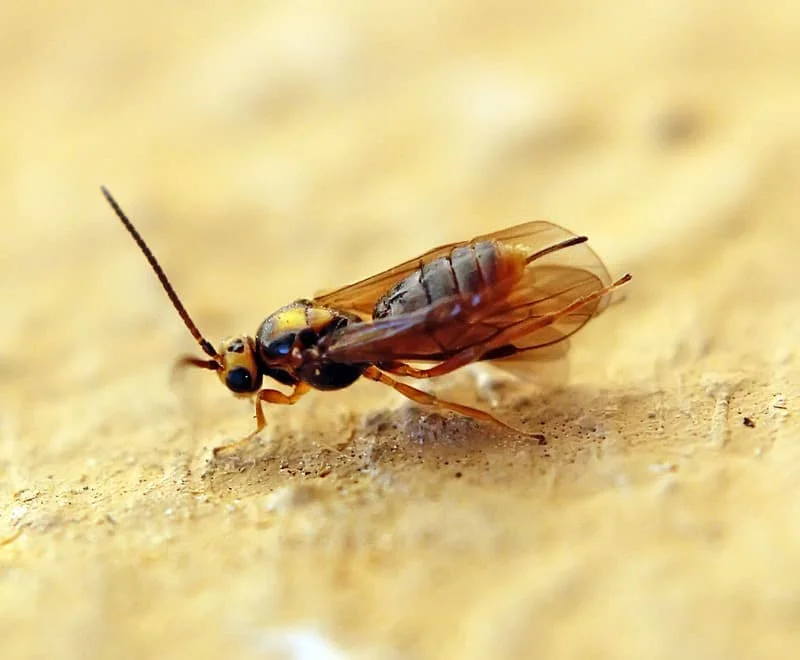
A tiny wasp belonging to the family Braconidae called Habrobracon hebetor is an ectoparasitoid that feeds on the caterpillars of several different kinds of moths. This parasitoid has found usage in the commercial sector as an alternative to applying chemical insecticides to control pests. These wasps consume their prey very quickly, which is helped by the enzymes in their digestive tracts that quickly degrade the blood proteins found in the moth larvae. Due to this, the usefulness of the species as an efficient agent of biocontrol has increased. The Habrobracon hebetor possesses an exceptional tolerance for radiation.
9. Flea
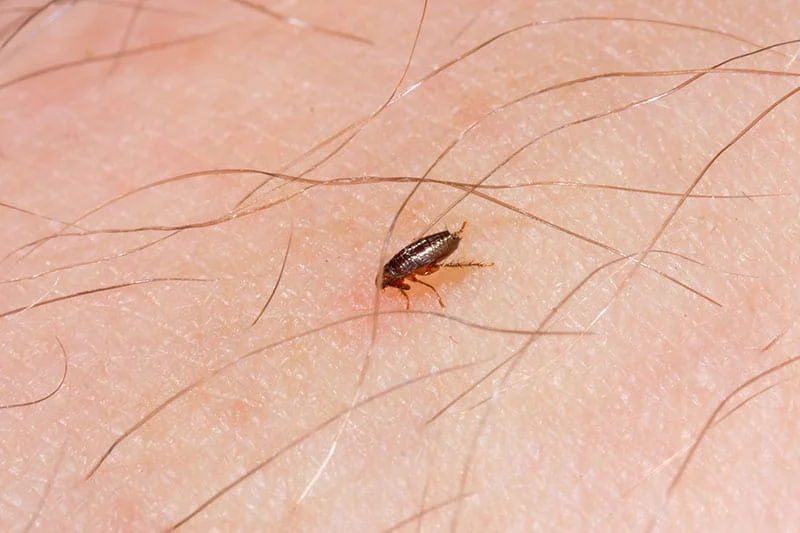
People often say bad things about fleas. People make fun of them because they are seen as symbols of dirt, filth, and annoyance. People don’t usually use fleas as a positive comparison or analogy when talking about a great person who can do Herculean feats of strength.
Still, why not? These dangerous bugs have a part in their bodies that works like a spring. This lets them jump two hundred times as far as their bodies are long. Imagine that a person could jump the same distance as five jumbo jets. Before you say that fleas are easy prey for pest control, you should know that these common household pests can jump right over you. They might not be able to walk all over you, but they can certainly jump right over you.
8. Froghopper
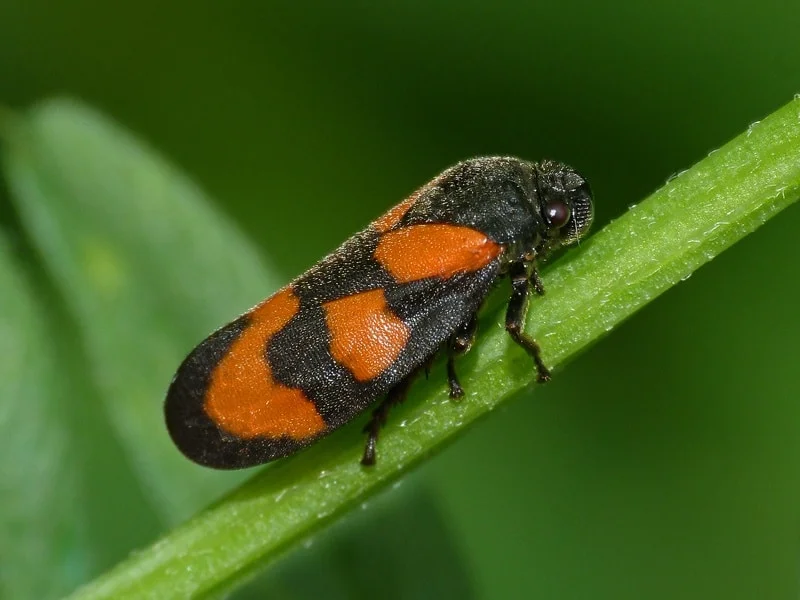
The frog hopper, also called the spittlebug, is a very small insect that has just passed the flea as nature’s most powerful jumper. The froghopper is a small, green bug that eats alfalfa and clover juice. The results of an experiment done by scientists show that the froghopper can jump more than one meter into the air. That is a lot taller than the flea. The froghopper, a big problem for farmers, can move ten times faster than any other insect. Because it is small and moves quickly, the bug has to deal with 400 times the force of gravity. This is sometimes called 400 Gs.
7. Giant Hornet
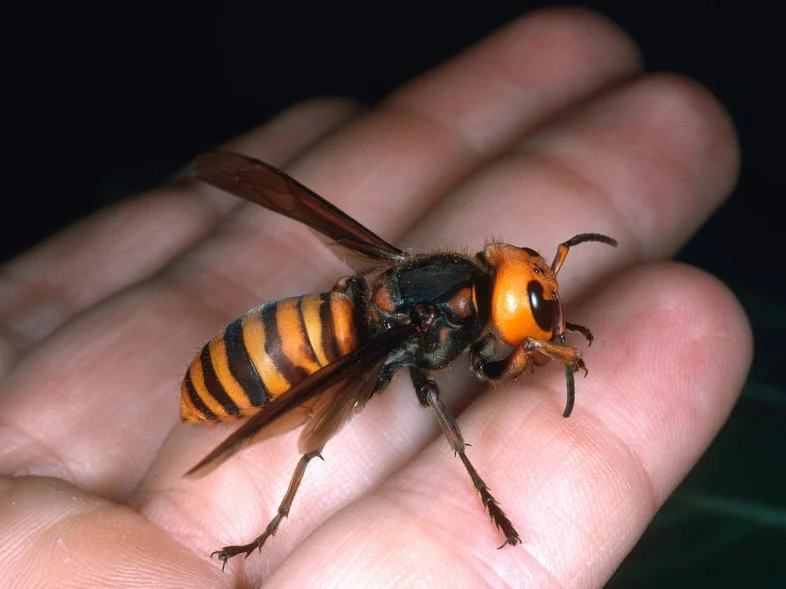
The Japanese Giant hornet is a very dangerous insect, both because of its powerful venom and because it can kill honeybees, one of its favorite foods. Even though size and strength don’t always go hand in hand, they do in this case. The Japanese Giant Hornet sends out scouts to find honey bee nests. Once the scouts return home and report where the bees are, many of these hornets will go to the hive and destroy it in a matter of minutes; about thirty Japanese Giant Hornets are enough to kill an entire hive. The Japanese Giant Hornet is a very dangerous killer, and there is evidence that it can also kill people. Every year, between 30 and 50 people die tragically in Asia because of the Japanese Giant Hornet’s venom, which causes excruciating pain and can kill.
6. Mosquito
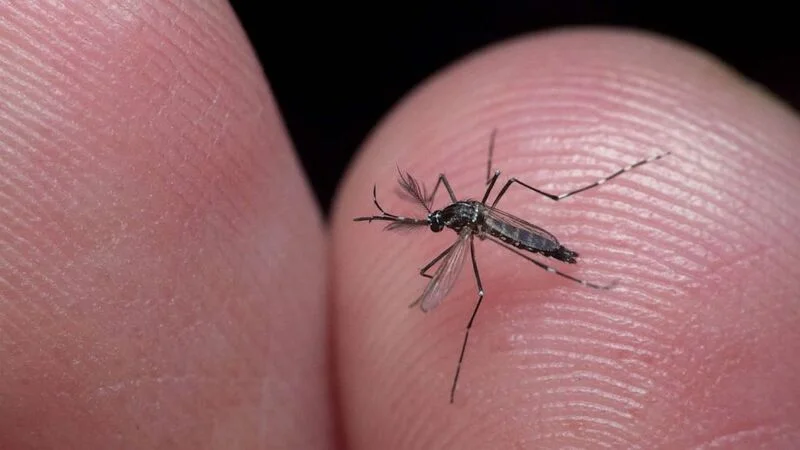
The Anopheles mosquito is, by a significant margin, the deadliest of all insects. The mosquito is the insect responsible for the deaths of the greatest number of people each year, even though mosquitoes do not possess a great deal of strength and are not known for their exceptional resilience. The parasite that is transmitted through the bite of this incredibly small creature is responsible for more human illnesses and fatalities than the bite or sting of any other kind of insect. Since the female mosquito, like most other female mosquitoes, needs a blood meal to give birth to her young, this is how the situation came to be.
5. Cockroach
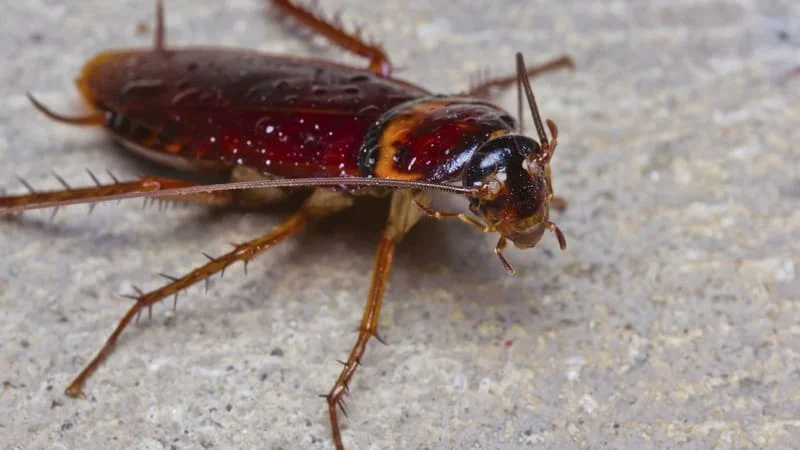
Cockroaches are not so strong because they can lift or move heavy things, though they can do both of these things. Instead, they are strong because they can keep going for a long time. People often think cockroaches can survive a nuclear explosion, but this is not completely true. Cockroaches can handle much higher amounts of radiation than people can. A roach can live for up to a week after its head is cut off, but it will eventually die. Even in that case, it’s not the lack of a head that kills the person. Instead, it’s the fact that they can’t swallow water. Even though their heads have been cut off, these insects can still live for up to a week. If you hit a cockroach with your trusty slipper and wonder if it’s dead, the answer is no. You can hit cockroaches with hard things, and they will still live.
4. Honeybee
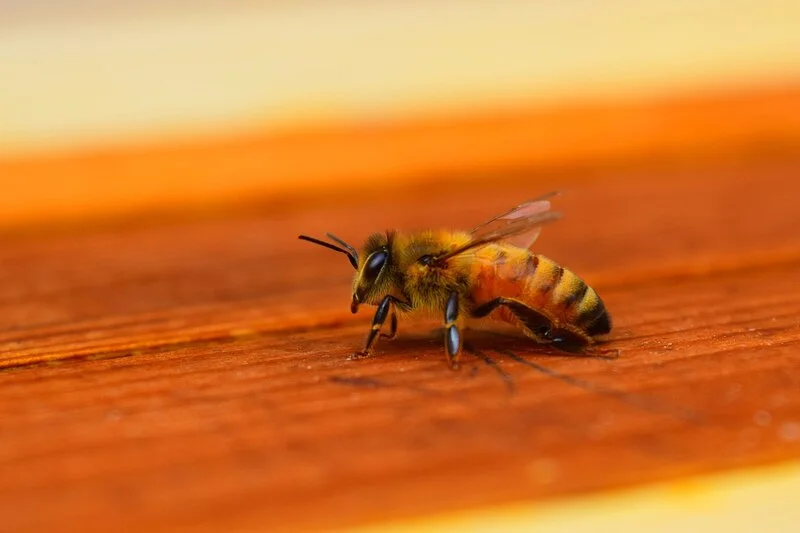
During their lives, honey bee flies move tens of thousands of pounds of nectar. When a honey bee brings nectar back to the hive, it can carry more than half its weight in nectar without losing its ability to fly. In addition, the worker bees are in charge of building the hive and keeping it safe from predators and other dangers. Killer bees are a common name for honey bees associated with them because they tend to kill people if they are angry. This is often used because most people think it is the most defensive. They are always ready to kill anyone who tries to get near their nests or hives. People are scared of them because, on average, their stings kill one or two people yearly.
3. Locusts
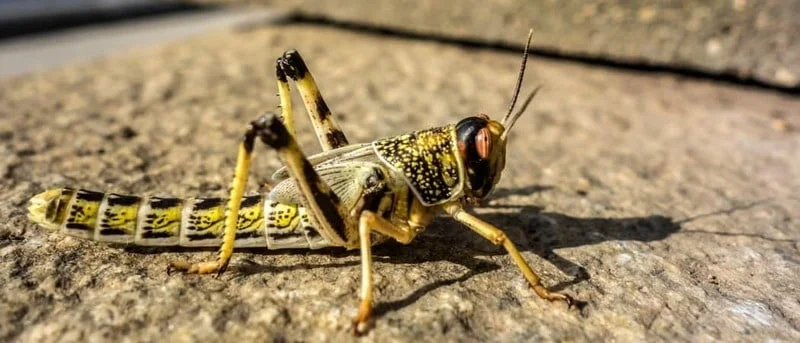
People have both feared and admired locusts since the beginning of recorded history. These bugs are very similar to grasshoppers. They live in huge groups called swarms that move from place to place, eating crops and damaging farming. There are a few things that all grasshoppers have in common. The most obvious is that they both have big back legs that let them hop or jump. They sometimes live alone like grasshoppers, but that’s not always the case. An adult Desert Locust can eat about the same amount of fresh food as its weight each day, about two grams. Now, a swarm that is 1 kilometer wide has about 40 million locusts, and each of them eats the same amount of food in one day as about 35,000 people.
2. Ants
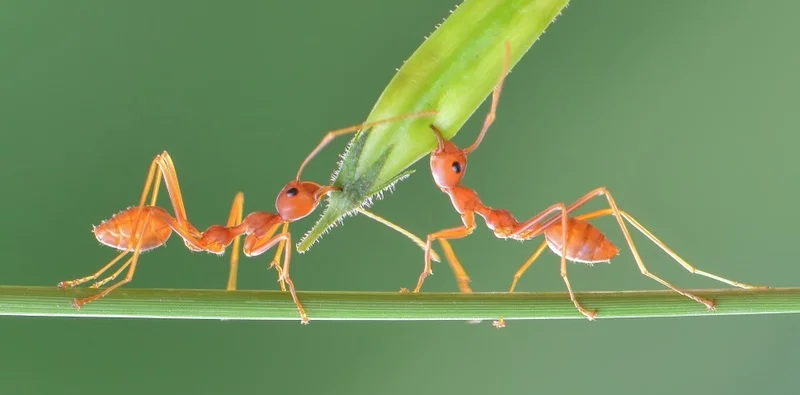
Most people think that ants are one of the toughest animal species. Due to how big they are for how much they weigh, many people think they are one of the most powerful living things. Ants’ bodies are built to carry a lot of weight. To start, ants have very tight bodies. They also have smooth changes between joints, which makes them less likely to break. Since the muscles are so close together, an ant’s neck can hold up to 5,000 times its weight. Ants work hard all day, so they must be strong to lift heavy things. Their muscles are built to handle the strain of hard work, which is a relief.
1. Horned Dung beetle
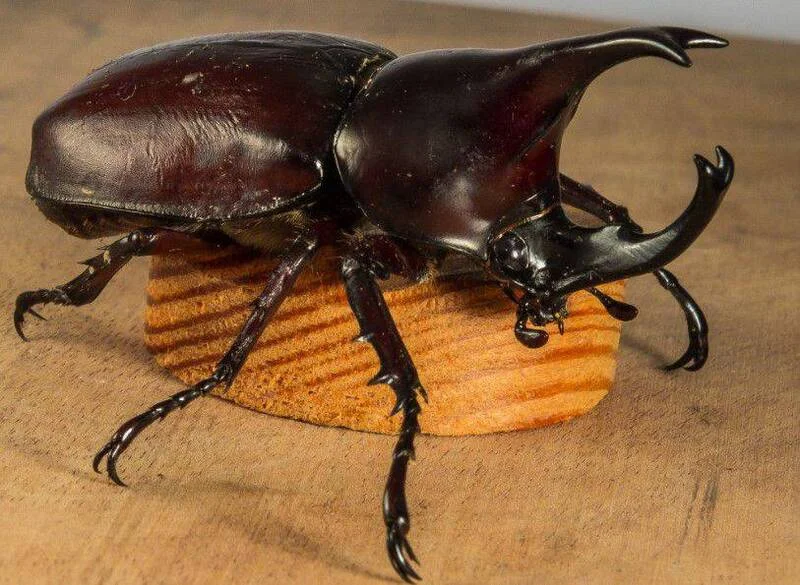
Among the different kinds of dung beetles, Scientists say that the Onthophagus Taurus is the strongest insect in the world because it can pull a load that is 1,141 times its body weight. If a person had that much strength, they could pull six double-decker buses simultaneously, each one filled with people. The fact that dung beetles clean up (and eat) the waste left behind by other animals is another way they help keep the ecosystem healthy. It should go without saying that if you mess with this dung beetle, you’ll end up with horns.
